Exorbitant livestock prices put a downer on Eid
Collective sacrifices are being preferred this year as individual ones now cost an arm and a leg
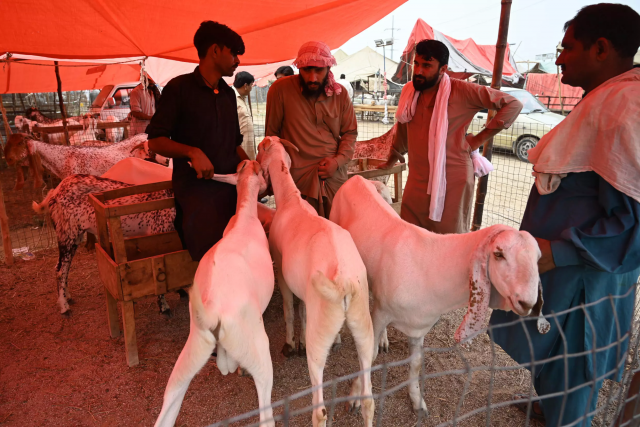
Despite Eid being on the horizon, cattle markets have not seen the same hustle and bustle this time around as they used to owing to a mixture of concerns regarding lumpy skin disease in livestock and back-breaking double digit inflation.
Sacrificial animals too like daily use commodities are being sold at high rates which has deterred many from taking part in the religious ritual or forced them to partake in collective sacrifice.
A survey conducted by The Express Tribune from various livestock markets across Lahore estimates that sacrificial animals will cost anywhere from 30 to 40 per cent more this year, whereas butchers will charge 25 per cent more.
Rana Javed, who was moving from vendor to vendor in one of the city’s cattle markets, told The Express Tribune, that he was dumbfounded with some of the rates being quoted this Eid.
Javed’s astonishment was mutual amongst buyers as the price of a medium-sized goat which was between Rs 50,000 to Rs 55,000 last year is Rs 70,000 this year.
Similarly, cows would set back customers Rs 95,000 to Rs 130,000 last year depending on their size; however, this time around cows are going from anywhere between Rs 190,000 to as much as Rs 400,000.
Another buyer, who identified himself as Ehtesham, said, “sacrificing a goat or sheep is now beyond the means of middle-class people."
When asked how we would address this predicament, Ehsteham replied that his neighbours and him would pool in for a joint sacrifice.
On the other hand, Ikram Ali, a trader who was beckoning people towards the livestock he had on offer, said that the high prices were not in their control.
One of the reasons he cited for exorbitant sacrificial animal rates was the increase in petrol and diesel prices, which has doubled the fare for transporting animals to markets.
When asked what effect the rates had on sales, Ikram stated: “The larger animals are selling fast but the smaller ones are not. People seem to be all for collective sacrifices this time around.”
During its survey, The Express Tribune found that Rs 18,000 is the going rate for a share in a smaller animal whereas a share in larger animals is between Rs 25,000 to Rs 30,000.
Another aspect of the inflated livestock prices is that butchers are demanding more as well.
The Express Tribune learnt that butchers in Lahore are charging anywhere from Rs 6,000 to Rs 7,000 for slaughtering a goat or a sheep; demanding Rs 18,000 to Rs 22,000 for a small cow and Rs 25,000 to Rs 30,000 for slaughtering larger animals.
Market conditionsApart from the sky-high rates of livestock and butchers, customers visiting Lahore’s cattle markets are irked with how the provincial Livestock Department’s arrangements have fallen short.
Mubashir Shah, an elderly customer in one of the city’s largest cattle markets, said that the markets were looking like swamps after the recent rains.
“The district administration has failed to provide a hygienic environment. No measures are in place to protect the animals from lumpy skin disease. We do not even know if the animals are sick or not,” an irate Shah, who had rolled up his trousers to avoid the mud, said.
When asked about the poor conditions, Deputy Commissioner Lahore’s spokesperson, Imran Maqbool, said, “government camps have been set up in all markets where any complaint can be lodged.
Customers who are not satisfied with any arrangement should lodge their complaints in the camps.”

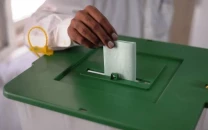
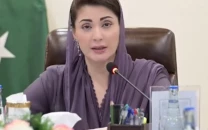
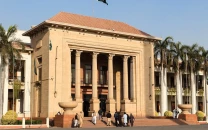
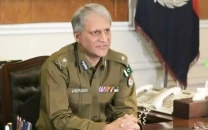
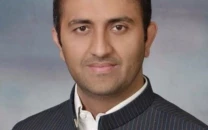
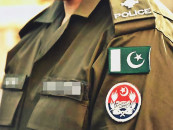












COMMENTS
Comments are moderated and generally will be posted if they are on-topic and not abusive.
For more information, please see our Comments FAQ